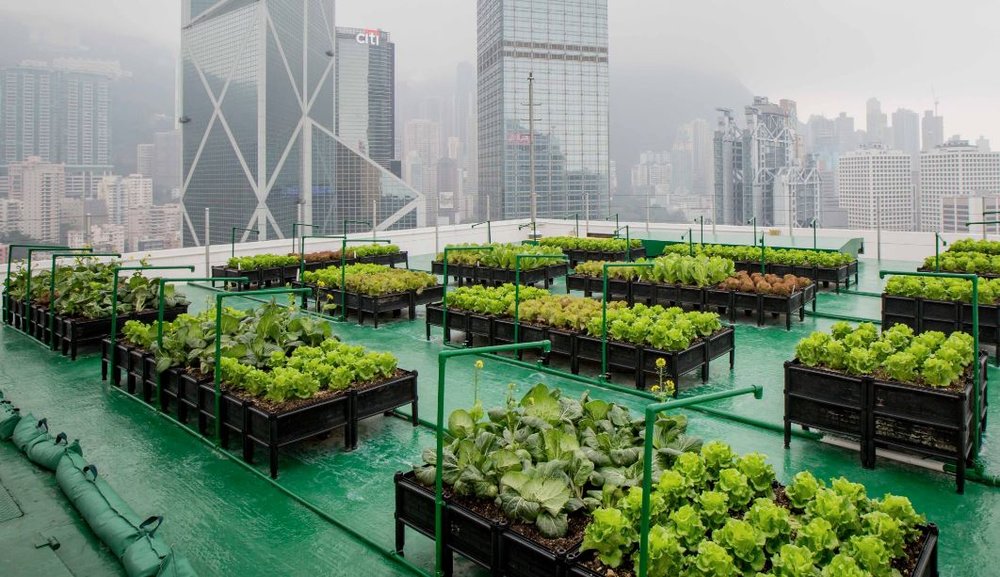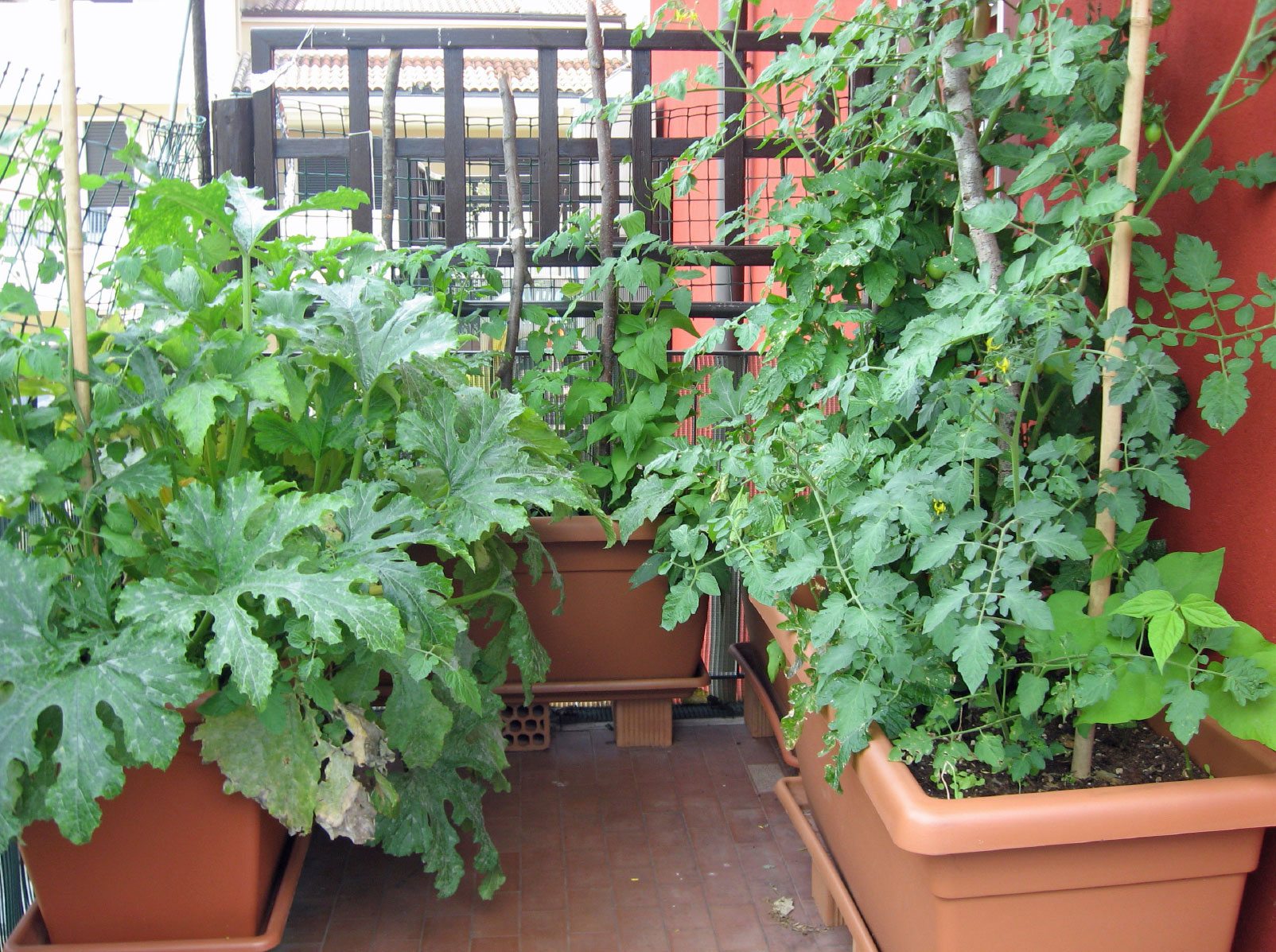Getting The City Blooming To Work
Getting The City Blooming To Work
Blog Article
City Blooming - Questions
Table of ContentsCity Blooming - QuestionsThe Basic Principles Of City Blooming City Blooming Things To Know Before You Get ThisExamine This Report on City BloomingSome Known Details About City Blooming
Intrigued in growing food available for sale in the City of Chicago? Considering starting an area yard? Adjustments to the Chicago Zoning Regulation enable agricultural uses like neighborhood yards and urban farms in lots of parts of the city. Below is a checklist of regularly asked concerns regarding the regulations and regulations that farmers must think about when intending a city agriculture task.
The zoning amendment does not modify any kind of other codes taking care of composting, building authorizations, purchasing or leasing City had property, business licenses or ecological contamination. There are existing codes that manage these concerns and they stay completely effect and might apply to your job. Community gardens are normally owned or handled by public entities, public companies or community-based organizations and kept by volunteers.
Urban ranches expand food that is meant to be offered, either on a nonprofit or for-profit basis. Due to their commercial objective, city ranches need a company permit.
Some Ideas on City Blooming You Need To Know
The amount of compost product can not surpass 25 cubic yards at any type of provided time according to the standards in 7-28-715 of the City's Municipal Code. Due to the fact that the soil at many new yard sites requires changing, compost, dirt, timber chips, or other materials can be acquired to build or boost the expanding space.

If a structure authorization is required then the hoophouse will be thought about an accessory building. You can learn more concerning the building permit needs by speaking to the Department of Buildings. The 25,000-square-foot dimension limitation is meant to avoid a solitary neighborhood garden from dominating a given block or interfering with the block's existing domestic or industrial character.
The limitation does not use to yards situated in Public Open Space (POS) areas. Can there be greater than one neighborhood garden that is 25,000 square feet on a solitary block? Yes. The size limit puts on private gardens, not to individual blocks. No. Fencing is not called for, however, yards that have big parking lot might be needed to install secure fencing or various other landscaping functions.
How City Blooming can Save You Time, Stress, and Money.
B1 & B2 districts call for that all commercial usage activities be performed indoors. Is fencing required for city farms? Fences might be needed, along with landscape design and screening, for specific vehicle parking locations and exterior work or storage areas depending on location and the certain task taking area.
Yes. Urban ranches require structure licenses and zoning approvals before building and construction. Other forms of city testimonial might be called for depending on certain frameworks, tasks, size, landscape design, licensing, public heath and stormwater administration issues. A lot of these needs are determined in the task style or permitting procedure, nevertheless, the applicant may be accountable to individually determine certain licenses or allows that might be needed.
The Division of Organization Matters and Consumer Protection can help establish the details type of organization certificate that's required. Off road parking is needed for most business jobs in Chicago. The called for number of vehicle parking areas is based on the number of employees working on website and not the square video of the expanding space.
All About City Blooming

An urban farm can offer compost product created on website, nevertheless, the procedure has to abide with the regulations in 7-28-715 of the Chicago Municipal Code. Aquaponic systems are permitted inside on city ranches in indoor plants many zoning districts.
Approximately 5 hives or colonies of honey bees might be maintained as an accessory usage. Beekeepers have to register with the Illinois Division of Farming. For additional information concerning the suggested zoning modification you might get in touch with the Division of Real Estate and Economic Development, Bureau of Planning and Zoning at 312.744.8563.
, which takes area in country areas at the side of suburban areas.
See This Report about City Blooming
It can include a motion of organic farmers, "foodies" and "locavores", that seek to develop social media networks established on a shared values of nature and area holism. These networks can develop by means of official institutional support, ending up being incorporated right into neighborhood town as a "change town" movement for lasting city growth.
The more straight access to fresh veggie, fruit, and meat items that might be realised through metropolitan farming can improve food safety and food safety while reducing food miles, causing lower greenhouse gas discharges, thereby contributing to environment change reduction. Some of the initial proof of city agriculture originates from Mesopotamia.
Report this page